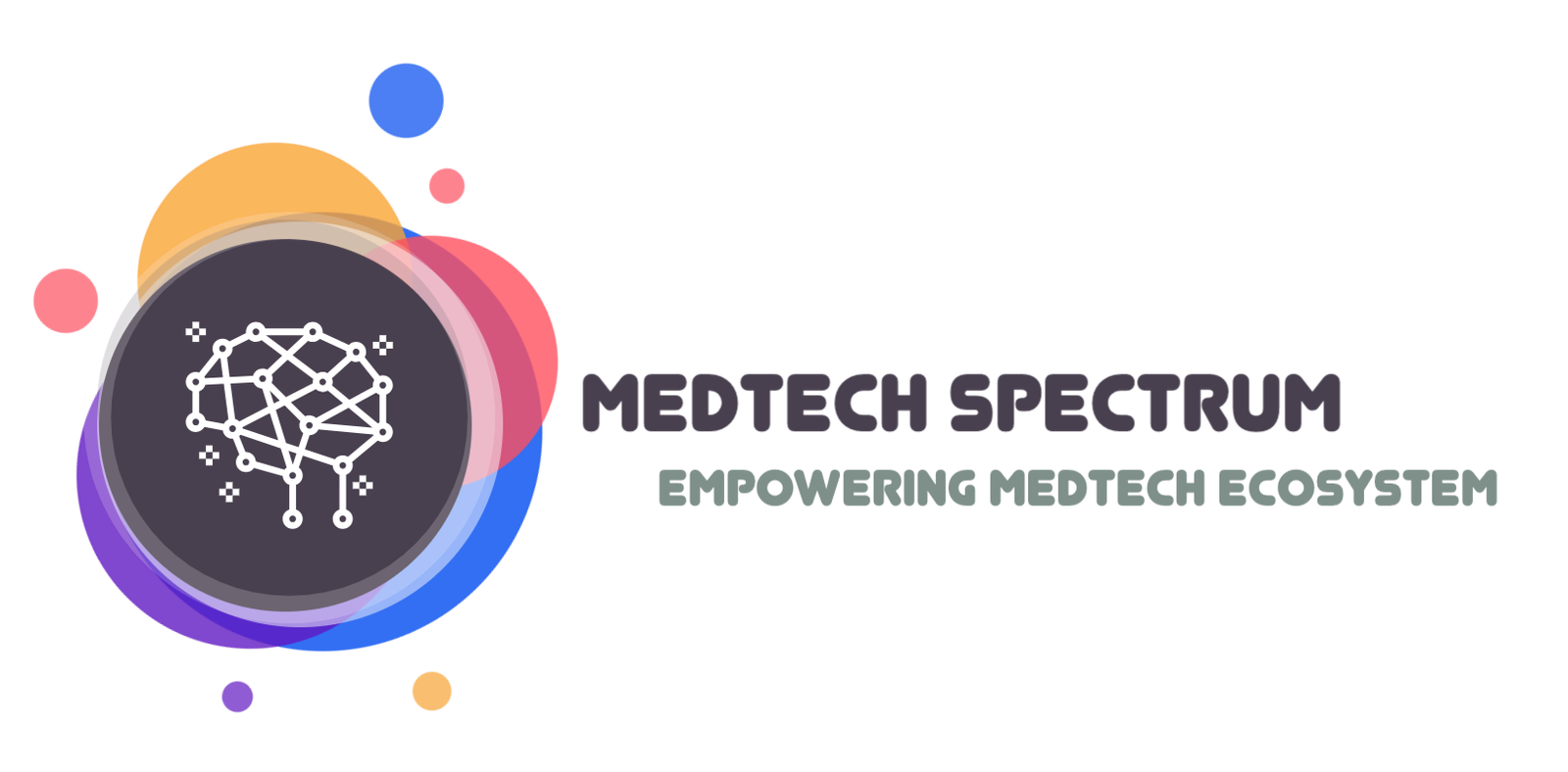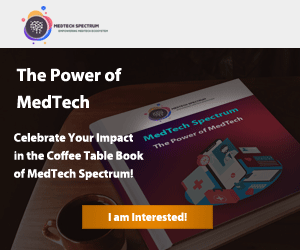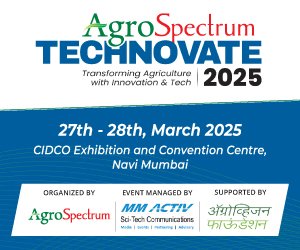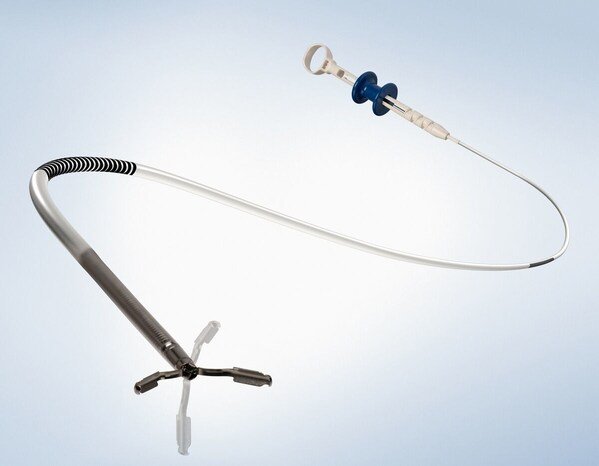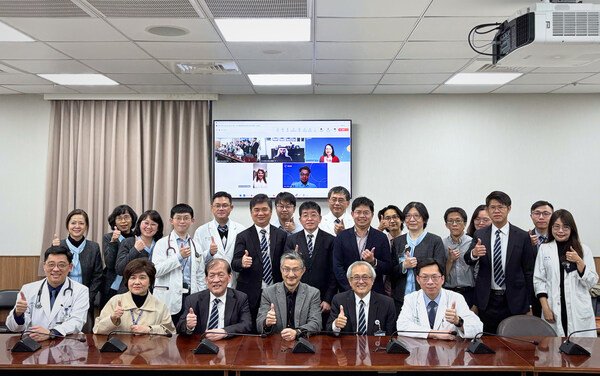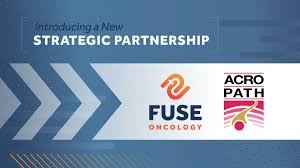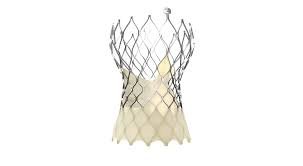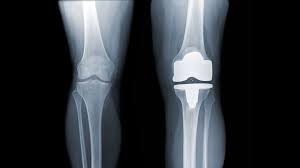Bringing a drug to market successfully goes beyond proving its efficacy in treating a particular disease
26th June, 2023 | By Vrushti Kothari
Kyowa Kirin, a Japan-based Global Specialty Pharmaceutical Company has been expanding its pipeline in rare diseases, with a focus on endocrinology and paediatrics. In 2020, the company launched a corporate venture capital firm to invest in early-stage companies, particularly for research and development (R&D) platforms that complement their own research and will hopefully lead to future product development. Dr Tan Boon Heon, President, Kyowa Kirin Asia Pacific, highlights the company’s tech-driven innovation approach, emerging trends in the pharma industry and the increasingly stringent regulatory landscape.
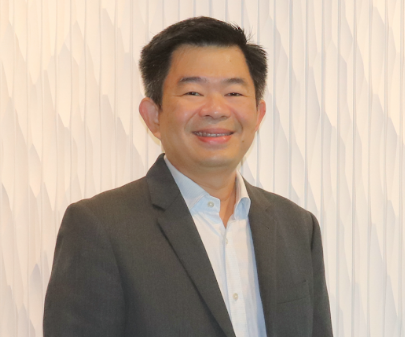
What are some of your key areas of focus in R&D and what’s your approach toward pharma innovation?
Kyowa Kirin practises what we call ‘technology-driven drug discovery’, with a specific focus on next-generation therapeutic antibodies, rational design for small molecule drugs, nucleic acid drugs and regenerative medicine.
However, we do not limit our product candidates to only those from our laboratories. We believe in the power of open innovation, and just last year, we started a corporate venture capital firm, which is investing in early-stage companies, particularly for R&D platforms that can complement our own research and will hopefully lead to products in the future that will become part of our business development strategy. This approach helps build capabilities.
Bringing a drug to market successfully goes beyond proving a drug’s efficacy in treating a particular disease; we also need to leverage upon information on how much better the drug is compared to those used in the current standard of care, how to sell the product, who is going to buy it, and how it will be paid for. Therefore, early in the development cycle, we begin to look into a potential product’s commercial viability, cost-effectiveness, and go-to-market strategy.
We do this both with our own products and those we partner with others. In particular, we specialise in nephrology and hemato-oncology areas here in Asia-Pacific and have begun to build a portfolio in rare diseases, focusing on endocrinology and paediatrics.
How do you ensure compliance with regulatory requirements while still driving innovation?
The pharmaceutical industry is a regulated industry, and numerous regulations are in place to guarantee the safety and quality of the therapeutics we supply.
In certain countries in the Asia-Pacific region, such as China, South Korea, or Japan, regulatory bodies request for pharmaceutical companies to perform studies on their patient population, as the way healthcare is delivered is different in different countries, and there are variations in physiology across ethnicities. For example, for some drugs, the dosage that is approved in Japan is often different from the dosage approved in the United States.
Thus, before a drug is introduced into a new market, we would conduct studies to see if there might be differences in requirements and then conduct bridging studies that help generate data to fill the gaps.
In our Asia-Pacific headquarters, we have the complete suite of capabilities to bring a product from clinical development to the market. We have teams in regulatory affairs, quality assurance, pharmacovigilance, market access and more, to support and undertake the process of developing, bringing to, and launching a product in various markets. Our logistics centre here in Singapore is Good Manufacturing Practices (GMP) certified by the Health Sciences Authority (HSA).
Apart from the innovation in our laboratories led by brilliant scientists who are empowered to explore, discover and innovate, we innovate in downstream operations as well. We define innovation as questioning the status quo, embracing a diversity of opinions, perspectives, and feedback from different departments, functions, and levels including affiliates, regional as well as company headquarters, in developing better ways of doing things.
How are you adapting to some of the most significant trends and developments in the pharmaceutical industry?
I can think of two specific ones. The first is from the regulatory perspective, and the pharmaceutical industry in which we operate is a highly-regulated industry that is becoming even more regulated. The regulatory approval part of getting a product to market has become more complex. There are also other regulations around ethical compliance, promotion of the product, quality, supply chain, market access reimbursement, and pharmacovigilance that were not on the radar 10 years ago, but have emerged more recently.
As the industry evolves, its growing and increasingly more complex needs have led to tertiary institutions producing graduates with health economics and outcomes research majors. In response to this trend, Kyowa Kirin is building competencies by attracting the right talent and collaborators in these areas to align with changes in the regulatory landscape.
The second trend is about the increasing need to demonstrate value in each product. When a drug becomes more sophisticated, more targeted, and more effective, its cost will also increase. Consequently, it becomes more important for companies to know how to demonstrate the cost-effectiveness of a product. To do this, we identify the right product, match it to the right indications, while supporting it with clinical studies and the appropriate measures of cost-effectiveness, and then demonstrate this data to payers. Through this approach, we are delivering value to patients.
In your opinion, what are some of the most exciting developments on the horizon for the pharmaceutical industry, and how does Kyowa Kirin plan to stay at the forefront of those advancements?
One of the most exciting developments would be the development of cures for many diseases that we could have only managed in the past. We're going to see more ground-breaking treatment modalities become mature.
Chimeric antigen receptor (CAR) T-cell therapies have started making their way into the clinic, so we can expect to see more of this in the future. Since 2017, six CAR T-cell therapies have already been approved by the United States Food and Drug Administration (FDA), for the treatment of blood cancers, including lymphomas, some forms of leukaemia, and most recently, multiple myeloma.
Through gene therapy, it might be possible to cure some of the rare diseases at the root cause, instead of patients having to live with the disease-causing genetic defect for the rest of their lives. I think these are some of the exciting developments that will probably happen in our lifetime.
Kyowa Kirin has some very innovative compounds in our pipeline including antibody-drug conjugates or ADCs, which are one of the most advanced antibody technologies in the world. With potential uses as chemotherapy or targeted therapy, ADCs combine the selectivity of a monoclonal antibody with the cell-killing properties of a chemotherapeutic agent, joined by an appropriate linker. The antibody moiety targets a specific cell surface antigen expressed by tumour cells and/or cells of the tumour microenvironment and acts as a carrier that delivers the cytotoxic agent within the tumour mass.
Selecting and working with the right partners and co-investors towards the same objective of delivering life-changing medicines to patients, by leveraging Kyowa Kirin’s full spectrum of expertise, and distribution channels, will help us to stay at the forefront of these advancements.
How does Kyowa Kirin view the role of technology and data analytics in the pharmaceutical industry, and what steps is the company taking to incorporate those tools into its work?
It is a standard in the industry to use customer relationship management (CRM) programmes and information and communications technology (ICT) infrastructures, like System Applications and Products (SAPs) and so on, so the business runs in an efficient and productive way. That's something all pharmaceutical companies can and do use in our day-to-day work.
Beyond this, technology can be utilised to better analyse the market and access our customers. This does depend on the sophistication and accessibility of the healthcare IT infrastructure in the specific geography we are targeting, and the economies of scale that can be achieved. And through some of those technologies, if they're available, we can better identify potential customers and reach out to patients who require our products.
Medtech Special
- Spinal Resources Inc. Secures Patent for Bezier Parametric Curve Spinal Rod System
- Lunit AI Boosts Cancer Detection in Largest Single-Reading Mammography Study
- Baird Medical Gains Indonesian Regulatory Approval for Microwave Ablation Technology
- Medtronic’s SMART Trial Confirms Evolut™ TAVR’s Superior Valve Performance at Two Years
- Zimmer Biomet Wins FDA Nod for Metal-Safe Knee Implant
- SkinCure Oncology Submits GentleBeam™ for FDA Clearance, Expanding Noninvasive Skin Cancer Treatment
- Stryker’s Inari Medical Introduces Artix Thrombectomy System to Enhance Arterial Clot Removal
Artificial Intelligence Breakthroughs
- MoveUP Acquires Deep Structure AI to Elevate AI-Powered Orthopedic Care
- CLEW Launches AI-Powered Sepsis Virtual Unit to Strengthen SEP-1 Compliance
- Lunit AI Boosts Cancer Detection in Largest Single-Reading Mammography Study
- Zimmer Biomet Wins FDA Nod for Metal-Safe Knee Implant
- OSE Immunotherapeutics and Scienta Lab partner to advance AI-driven Precision Immunotherapy
- Optellum and Volpara Health Partner to Enhance AI-Driven Cancer Risk Assessment
- Synergy Laboratories Introduces AI-Powered Genius™ Digital Diagnostics System for Advanced Cervical Cancer Screening
Robots In Medtech
- Australia's University of Queensland Unveils shape-shifting Liquid Metal Robotics
- India's SS Innovations makes history with first robotic cardiac surgery in Indonesia
- Momentis Surgical Secures FDA Clearance for Advanced Anovo® Robotic Platform, Setting New Standards in Single-Incision Surgery
- Momentis Surgical expands to general surgery market with FDA 510(k) clearance for its Anovo Robotic system
- Intuitive and India-based KIMS Hospitals sign MoU to launch 25 new robotic surgery programmes
- ZEISS introduces its latest Robotic Visualisation System for neuro surgery
- Surgical robotics pioneer Intuitive opens Global Capability Centre in Bengaluru, India
Asia Pacific
Global / International
© 2023 MM Activ Sci-Tech Communications. All rights reserved | Disclaimer
